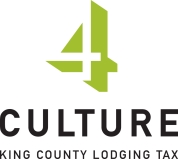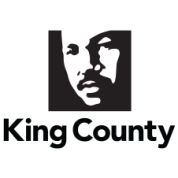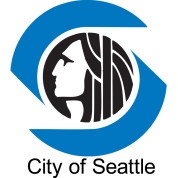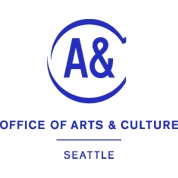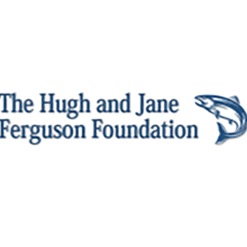
Traveling North
On July 21 and 22, 1869, former Secretary of State William Seward toured Puget Sound on his way to Alaska and spoke out on the development of Washington Territory. Two years earlier, while in office, Seward had fought for the United States' purchase of Alaska from Russia -- a vote that barely passed the two-thirds Senate majority required for approval.
Washingtonians supported the purchase, and in 1895 Seward's wisdom was confirmed by the discovery of gold in Alaska and also in Canada's Klondike River -- chiefly accessed via Skagway and the Chilcoot Pass. The Klondike Gold Rush began in earnest on July 17, 1897, and almost immediately dispelled the economic gloom that had been hanging over Seattle and much of Washington state since the Panic of 1893.
Ten years after the gold rush, Seattle had transformed from a rough and tumble western town into a growing metropolis. In 1909 the city celebrated its success by hosting the Alaska-Yukon-Pacific Exposition. Two years later, on July 17, 1911, Seattle held its first Golden Potlatch celebration to commemorate the Klondike anniversary and to pan some new gold from the pockets of tourists and revelers. The Potlatch Bug brought along lots of fun, but two years later the celebration turned ugly when self-styled patriots battled leftists and labor radicals on July 17, 1913. Potlatch rioters sacked IWW and Socialist Party headquarters and Mayor George Cotterill declared a state of emergency. The following year's Potlatch was more peaceful, but it featured an ominous preview of things to come when daredevil pilot Silas Christofferson flew mock bombing raids over the city on July 18, 1914. By 1915, much of the world was at war, and America would enter the conflict in April 1917.
Following World War I, Seattle celebrated the silver anniversary of the Klondike Gold Rush with nary a Potlatch Bug in sight. The festival was briefly revived in the late 1930s, but was interrupted by the onset of World War II. After the war, civic leaders began discussing plans for a new summer festival. The result was Seafair -- first held in 1950 and still going strong to this day.
Traveling Forth
One hundred and twenty-five years ago this week, on July 23, 1900, Ralph Hopkins arrived in Seattle after driving his Woods Electric west from Chicago to San Francisco and then north (with lifts from trains helping out here and there). His car was the first to travel Seattle's streets and was most likely the first one ever seen in Washington.
By 1904 there were enough cars in Washington to warrant creation of the state's first Auto Club, the predecessor of AAA Washington. This group collaborated with Sam Hill's Good Roads Association to improve roads and promote the construction of public highways. The Good Roads Association also pushed for the creation of a State Highway Board, which was established in 1905.
The need for speed increased once Henry Ford's Model T was introduced and cars became affordable to middle-class Americans. In 1911, Governor Marion Hay signed the Permanent Highway Act, which created a fund for construction of hard-surfaced roads between trade centers. The Federal Aid Road Act of 1916 assisted in these efforts. Over time, the State Highway Board evolved into the Washington State Transportation Commission, which now oversees the Washington State Department of Transportation.

